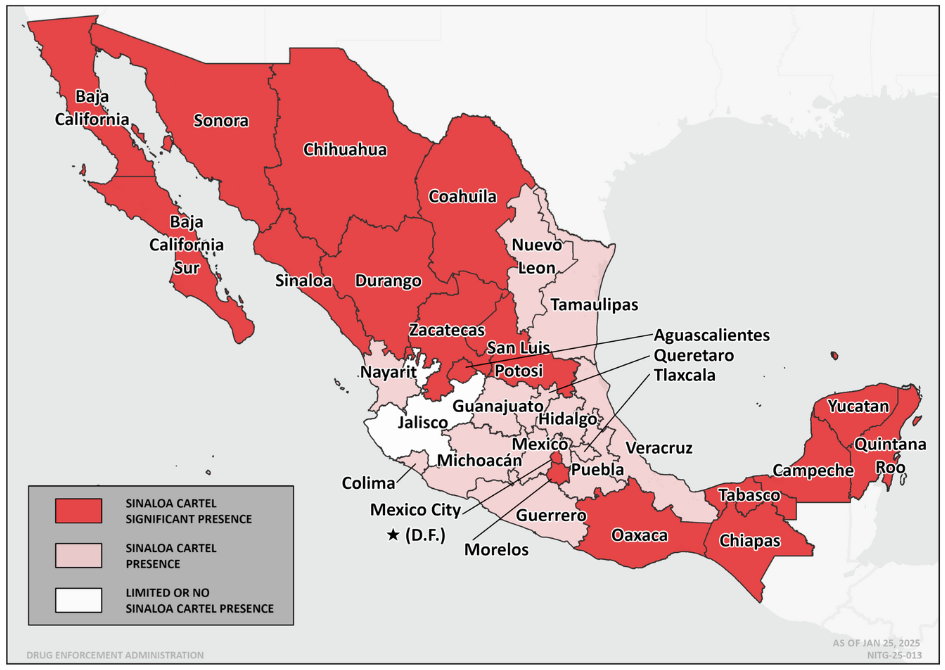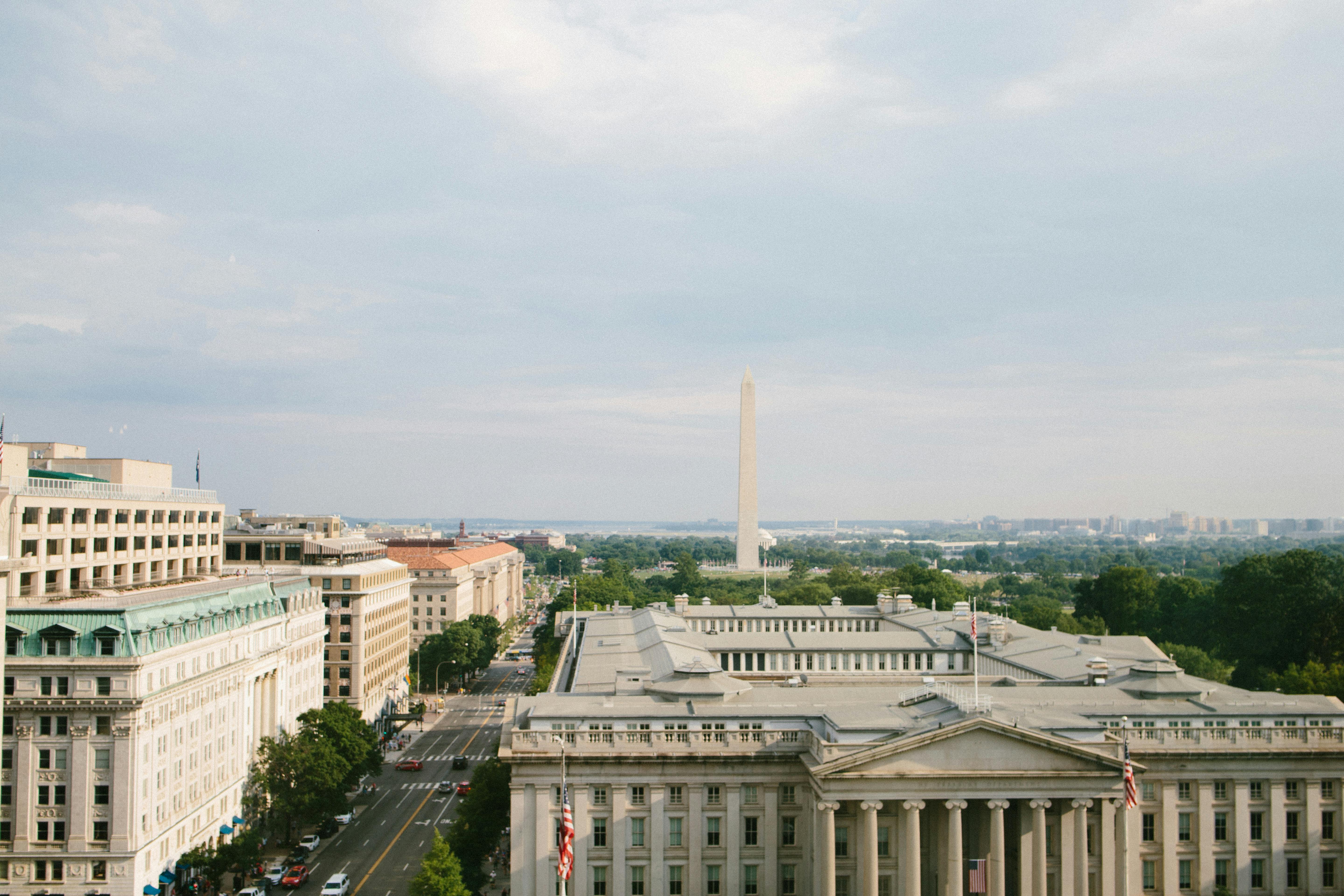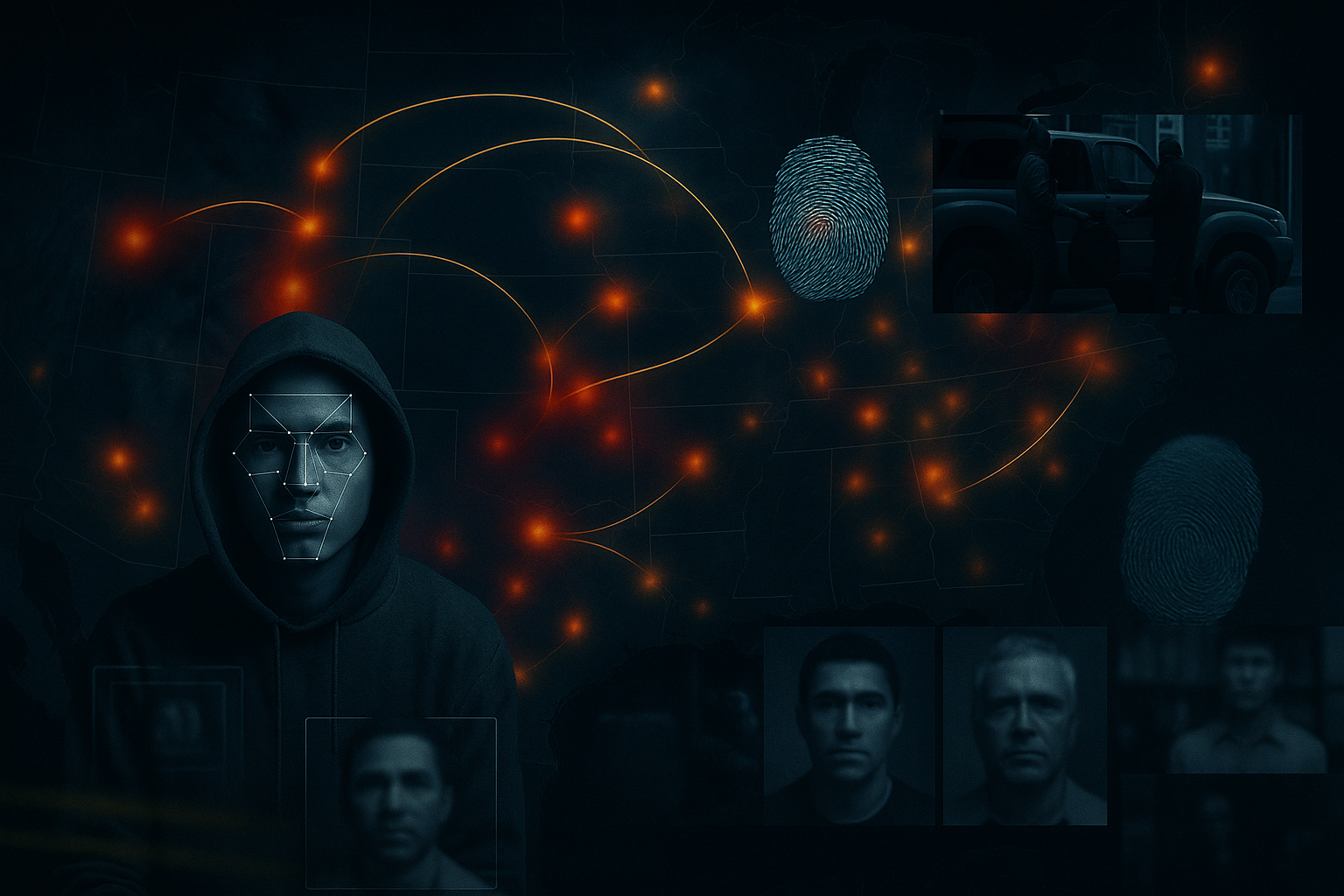In recent years the U.S. government has increasingly treated certain powerful Latin American criminal groups not merely as organized crime syndicates, but as terrorist organizations. That shift reflects both their global reach and the extreme violence they use to retain territory and revenues.
In 2025 President Trump signed a directive instructing the Pentagon to prepare military options against specific cartels and gangs the State Department has labeled foreign terrorist organizations. While details of any military plans remain unclear, and Mexico has rejected the prospect of U.S. troops on its soil, the designations have focused international attention on these groups and on how they finance themselves (Reuters) (El País).
Below we add publicly reported leadership names and the main documented sources of funding for each group.
Sinaloa Cartel
Base: Sinaloa State, Mexico
Reported leadership / status: Long dominated by Joaquín “El Chapo” Guzmán and Ismael “El Mayo” Zambada; El Chapo is serving a U.S. life sentence, and Ismael “El Mayo” Zambada was arrested and extradited to the U.S. and is in federal proceedings as of 2024–2025. U.S. court filings and DOJ statements list Zambada and other senior figures in recent indictments (Department of Justice) (AP News).
Documented funding streams:
- Fentanyl manufacture and export: Sinaloa is a leading producer and trafficker of fentanyl precursors and finished fentanyl destined for the U.S. market (Reuters).
- Cocaine, heroin and meth trafficking: Traditional drug shipments into the U.S. by land and sea remain core revenue sources (U.S. Department of State).
- Transnational smuggling networks and money laundering: Profits are laundered through shell companies and cross-border financial channels; U.S. indictments describe complex laundering schemes (Department of Justice).
Sinaloa Cartel Dominant Areas of Operation

Jalisco New Generation Cartel (CJNG)
Base: Jalisco State, Mexico
Reported leadership / status: CJNG is widely associated with Nemesio Oseguera Cervantes, “El Mencho,” long described as the cartel’s top leader; other named deputies appear in law-enforcement sanctions and reporting (ACLED).
Documented funding streams:
- Fentanyl production and trafficking: Major source of export revenue (ACLED).
- Extortion and “protection” rackets: CJNG extracts payments from businesses and farmers (including avocado producers) in contested territories (Universidad de Navarra).
- Diversified criminal portfolios: documented involvement in fuel theft (huachicol), arms trafficking, illicit mining and even mercury trafficking linked to illegal gold mining — all lucrative revenue lines noted by investigators and environmental probes (El País).
- Investment in legitimate fronts: real estate and commercial enterprises used to hide and reinvest proceeds (ACLED).
Jalisco New Generation Cartel Dominant Areas of Operation

Cartel del Noreste (CDN) — formerly part of Los Zetas
Base: Nuevo León / northeastern Mexico
Reported leadership / status: U.S. Treasury (OFAC) and Homeland Security actions in 2024–2025 name and sanction specific CDN leaders and arms traffickers; OFAC press releases in 2025 list several high-ranking CDN members by name (U.S. Department of the Treasury).
Documented funding streams:
- Fentanyl and other drug trafficking: CDN participates in cross-border drug movement into the U.S. and is cited by U.S. sanctions for fentanyl trafficking.
- Human smuggling and migrant extortion: CDN profits from trafficking migrants across border corridors.
- Arms trafficking and extortion: OFAC and Treasury cite CDN involvement in weapons trafficking, extortion and fuel theft, each used to finance operations (U.S. Department of Treasury).
- Use of cultural/entertainment figures to launder money: recent sanctions targeted a musician alleged to have laundered proceeds for CDN (Reuters).
Northeast Cartel Dominant Areas of Operation
.png?width=945&height=670&name=Cartel%20Maps%20(3).png)
Gulf Cartel
Base: Tamaulipas State, Mexico
Reported leadership / status: The Gulf Cartel has been weakened and splintered over the years but remains active; U.S. and Mexican reporting continue to name and prosecute regional leaders (recent captures and removals have been reported by ICE, Reuters and local authorities). Leadership has shifted repeatedly after arrests (ICE).
Documented funding streams:
- Cocaine and marijuana trafficking (historically) and fentanyl today: long-standing smuggling into the U.S. remains a core revenue stream; fentanyl trafficking has been cited as central in recent U.S. actions (Reuters).
- Fuel theft and local criminal services: Tamaulipas has seen huachicol (fuel-theft) networks tied to criminal groups; extortion and smuggling add income (El País).
Gulf Cartel Dominant Areas of Operation
.png?width=945&height=670&name=Cartel%20Maps%20(1).png)
La Nueva Familia Michoacana (LNFM)
Base: Michoacán State, Mexico
Reported leadership / status: U.S. indictments and OFAC sanctions in 2024–2025 name co-leaders and senior operatives (including the Hurtado Olascoaga siblings in U.S. indictments) and sanction others tied to the group’s fentanyl production and transnational supply chains. DOJ and Treasury press releases provide names of charged or sanctioned figures (Department of Justice).
Documented funding streams:
- Fentanyl manufacture and trafficking to the U.S.: U.S. authorities specifically tied LNFM leaders to fentanyl production and distribution and have pursued indictments and sanctions (Reuters).
- Kidnapping and extortion: Local revenue streams through coercion and kidnappings in Michoacán.
- Money-laundering through U.S. financial networks: indictments describe laundering mechanisms tied to U.S.-based money laundering facilitators (Department of Justice).
The New Michoacán Family Dominant Areas of Operation
.png?width=945&height=670&name=Cartel%20Maps%20(2).png)
Tren de Aragua
Origin: Venezuela (originated as a prison gang inside the Tocorón prison)
Reported leadership/ status: U.S. Treasury and State Department sanctions identify Héctor Rusthenford Guerrero Flores (a.k.a. “Niño Guerrero”) as the gang’s leader and list other senior affiliates; the State and Treasury Departments have added multiple Tren de Aragua figures to sanctions lists in 2024–2025 (U.S. Department of Treasury).
Documented funding streams:
- Human trafficking and kidnapping / extortion of migrants: Tren de Aragua has profited heavily by preying on vulnerable migrants — fees, ransom and forced labor are documented revenue lines (InSight Crime).
- Drug trafficking and weapons procurement: Treasury sanctions and reporting link Tren de Aragua to narcotics distribution and to trafficking of military-grade weapons (Reuters).
- Illicit mining and abusive resource extraction: U.S. sanctions and investigative reporting note gang involvement in illegal mining operations that generate income and facilitate weapons purchases (CBS News).
MS-13 (Mara Salvatrucha)
Origin: Los Angeles, California in the 1980s by El Salvadoran immigrant
Reported leadership/ status: MS-13 has a decentralized structure. U.S. prosecutions have targeted leaders of the group’s national command (“La Ranfla Nacional”) and named individual coordinators; reporting in 2024–2025 highlights arrests, deportations, and U.S. indictments for senior figures, and court filings suggest continued high-level cooperation and conflict across borders. Journalistic investigations and DOJ filings also discuss jailed leaders who may have negotiated with Salvadoran authorities (U.S. Department of Homeland Security).
Documented funding streams:
- Extortion and protection rackets: Local extortion of businesses and communities in Central America and immigrant neighborhoods is a major consistent revenue source (ProPublica).
- Drug trafficking at local and regional levels: MS-13 is involved in small- and mid-scale narcotics distribution, providing funds and connections to larger trafficking networks.
- Kidnapping, robbery and other violent crimes: Ransom and theft fund operations and pay enforcers (U.S. Department of Homeland Security).
The Bigger Picture – What the Designations and Evidence Show
- Leaders are being targeted: Since 2024–2025 the U.S. has used sanctions, indictments and extraditions to name and detain or sanction senior figures across these groups — from El Mayo Zambada (Sinaloa) to El Mencho (CJNG affiliates reported) and Héctor “Niño Guerrero” (Tren de Aragua). These actions are documented in DOJ, Treasury/OFAC and State Department releases and in major news outlets (U.S. Department of the Treasury).
- Revenue is diversified and getting darker: While cocaine and heroin trafficking remain core, fentanyl production (and procurement of precursor chemicals), extortion, migrant smuggling, kidnapping, fuel theft, illegal mining, arms trafficking and the abuse of legitimate businesses (real estate, agriculture, concerts/entertainment) are all documented funding streams across different groups. U.S. sanctions and investigative reporting have specifically named many of these revenue channels (El País).
- Designations change the tools available to governments: Calling these groups foreign terrorist organizations or Specially Designated Global Terrorists allows the U.S. to freeze assets, sanction facilitators, and criminalize broader support networks — but it also raises legal, diplomatic and operational questions about military options, sovereignty and cooperation with affected countries (Reuters).
.png?width=2625&height=825&name=Copy%20of%20Visualizing%20(3).png)
How can Sigma360 help me stay ahead?
The regulatory, reputational, and operational risks posed by Foreign Terrorist Organizations (FTOs) and cartel-linked entities have outpaced the capabilities of traditional screening solutions. Sigma360 was purpose-built for this challenge. Unlike legacy tools that rely on outdated watchlists or generic adverse media checks, our platform delivers a holistic, persistent view of FTO/DTO exposure at scale.
Our proprietary threat intelligence combines:
- Corporate Registry & Formation Data to uncover shell companies, hidden ownership, and front entities.
- Enhanced Watchlist and Network Data that goes beyond official designations to map affiliated networks, enablers, and aliases.
- Adverse Media & Legal Record Analysis to reveal risks invisible to most compliance platforms.
- Expert-Developed Cartel Behavioral Models based on DEA tradecraft, investigative reporting, and years of field-tested indicators.
This intelligence is supported by an AI-driven engine that identifies and prioritizes risk based on behavioral patterns, not just entity names. Our platform is easy to deploy, with flexible delivery options that include API integration, batch screening, and advisory overlays.



